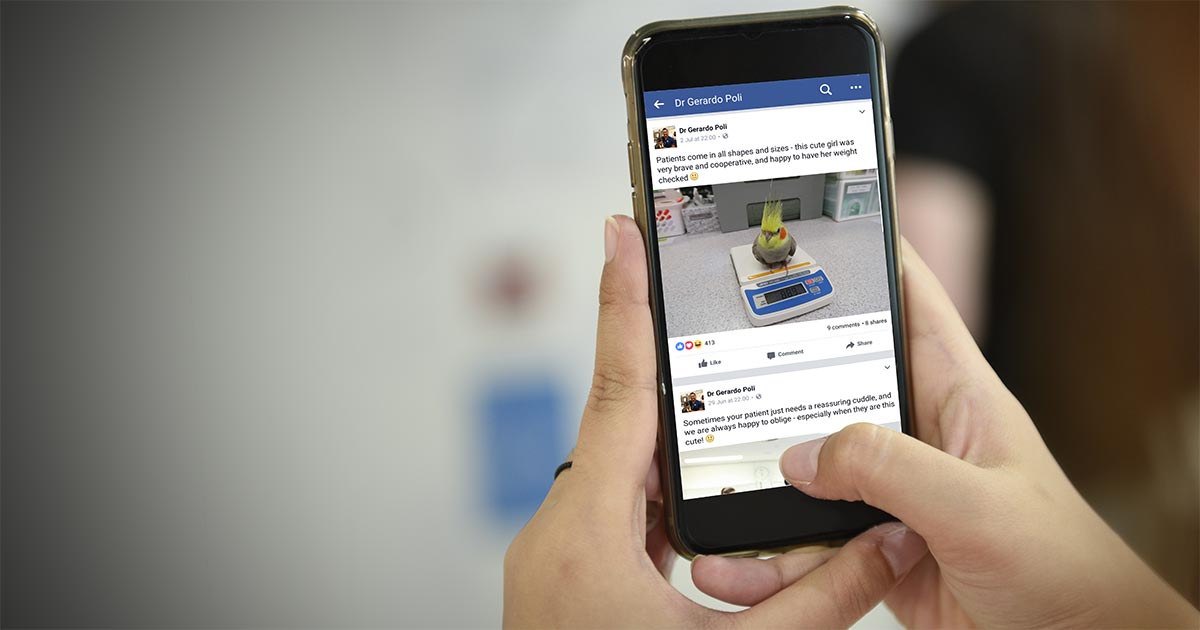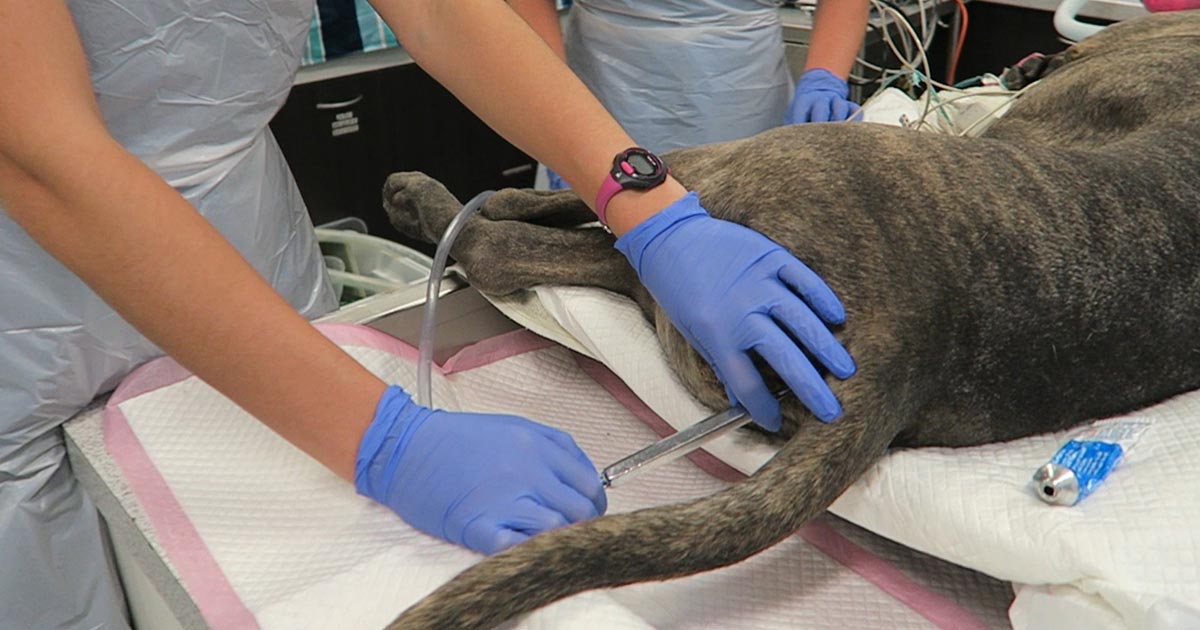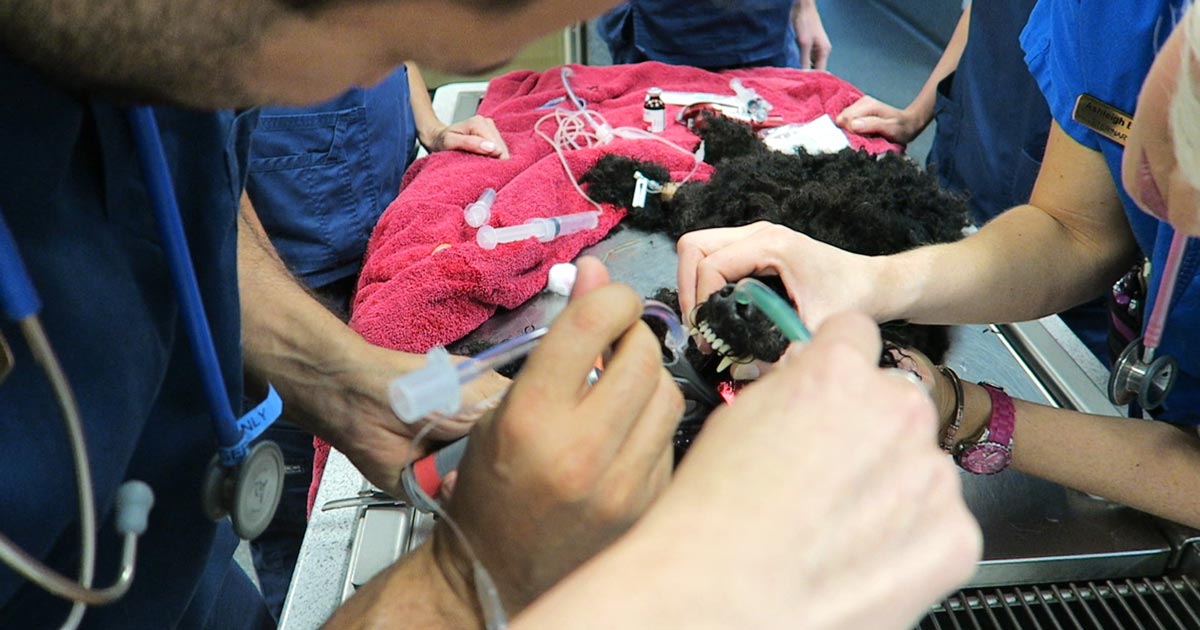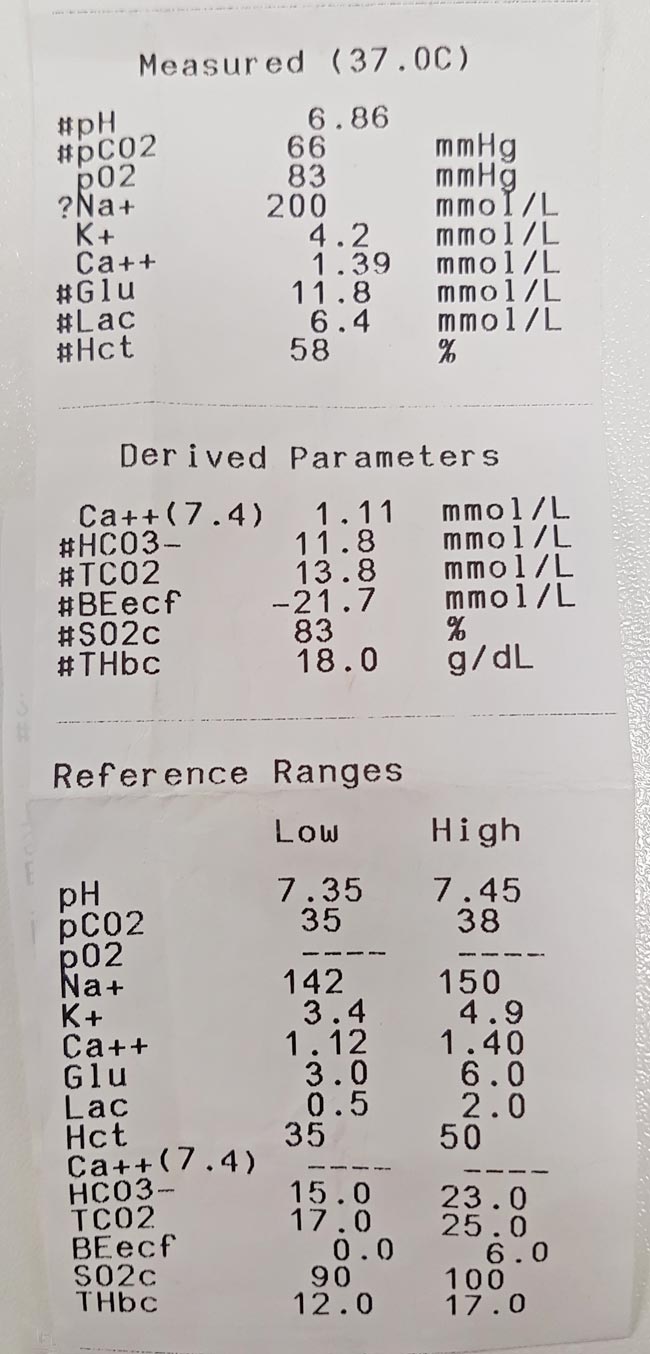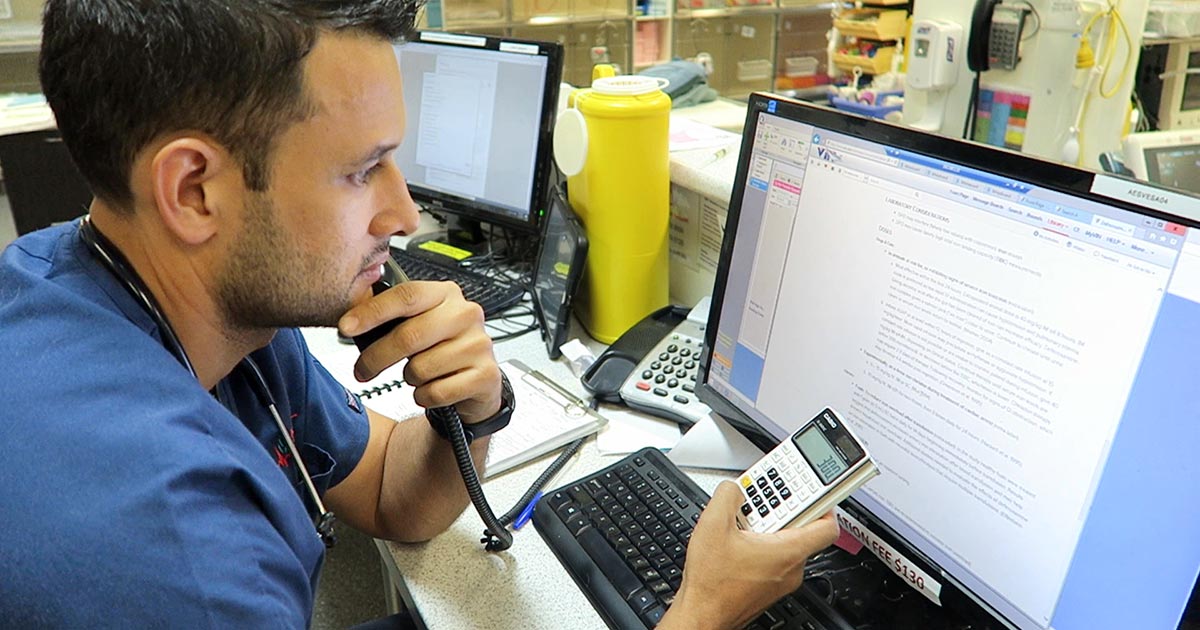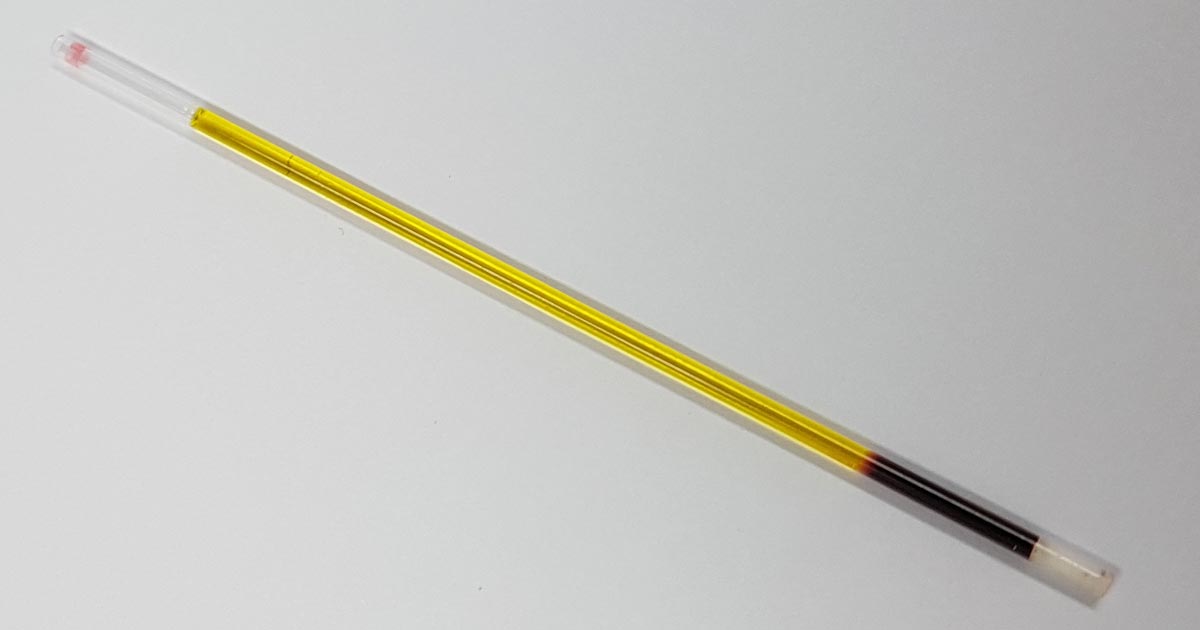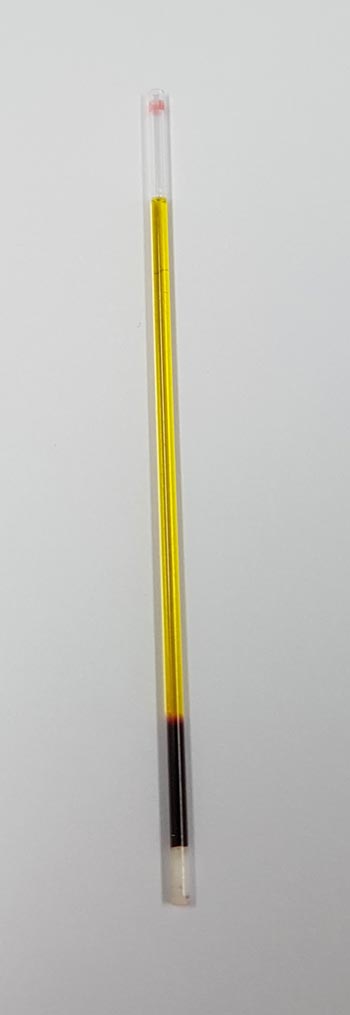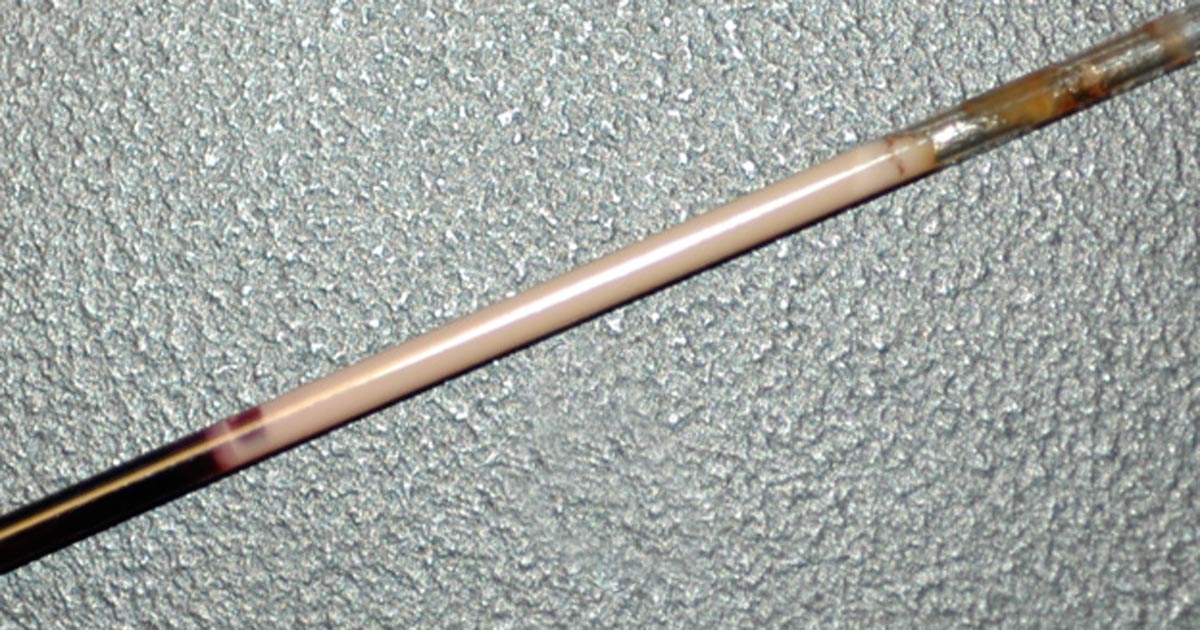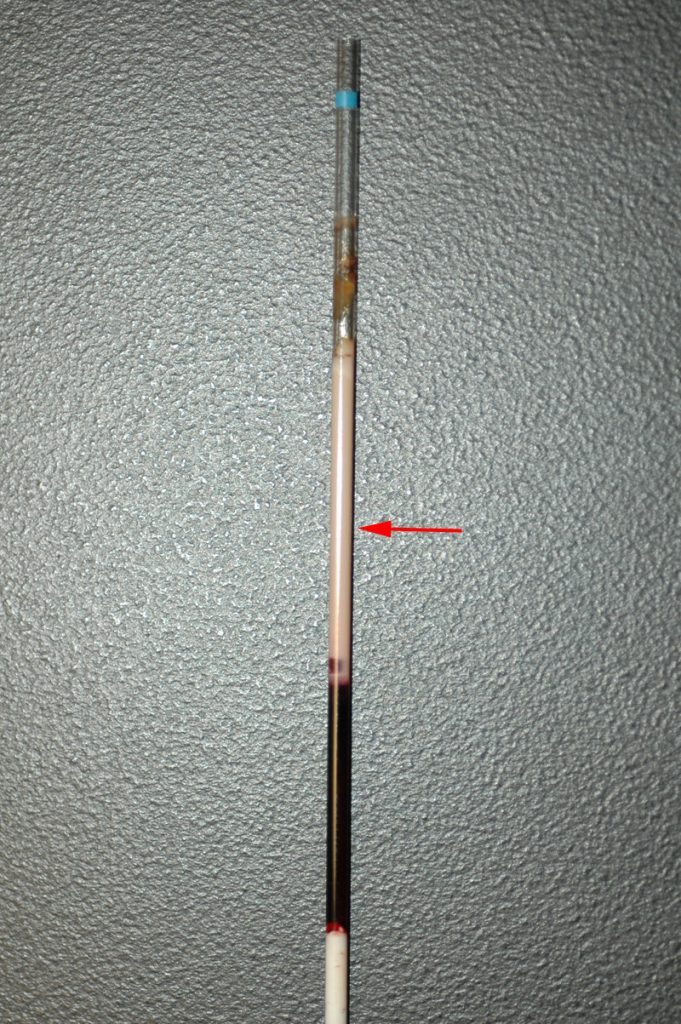Goals, targeting and platform are really important, but the most important aspect is, of course, content – what will you actually say and will your audience see it?
Generating content can be really time-consuming, but one thing I’ve learned is I tend to overthink it – a simple image or short video can really speak to people; it doesn’t always have to be profound or polished.
However, a plan needs to be in place to make it work. Think about who will create your posts – internal staff or external, and if external, how well do they know your business? Most posts should have an action you want people to take, so make it really clear if it’s a click, sign-up or watch. Plus, think about who will schedule it and who will monitor it.
Mix it up
At our hospital, we try to be consistent and post three times a week on the same days and times – although when we started, we did experiment with different days and times to see where we got the most engagement from our audience.
We find what works best is cute, informative and surgical (or gory) posts. However, no winning formula exists – expecting something to go viral is almost a guarantee it will not. The best advice is you have to mix it up, try new things and see what works best, but don’t stop experimenting and learning.
Permission to post
The most important aspect in a veterinary practice, if you are showcasing pets, is consent – always ask permission before posting. It is one of our key policies and we have a robust process, using consent forms and telephone calls, to ensure clients are happy with us telling their story.
For us, in emergency, this is essential as we deal with some of the sickest of sick pets. With this in mind, we tend to wait until they have been discharged from our care for a number of weeks and follow up with a call to see how the patient is before we consider releasing videos or case studies.
Make sure they also know the posts are for the purpose of education and prevention.

Back and forth
Always remember, too, that social media is a two-way street. When you open yourself up on social media, be prepared for questions, comments and reviews that come your way.
Set aside time – and have a policy in place – for answering and responding. This is especially true for the negative ones, which, inevitably, despite best intentions, every practice will get.
Done well, and with the right time, team and money invested, social media in the veterinary industry is a brilliant way to showcase the fascinating, inspiring, sometimes strange and utterly rewarding work we do each and every day.
